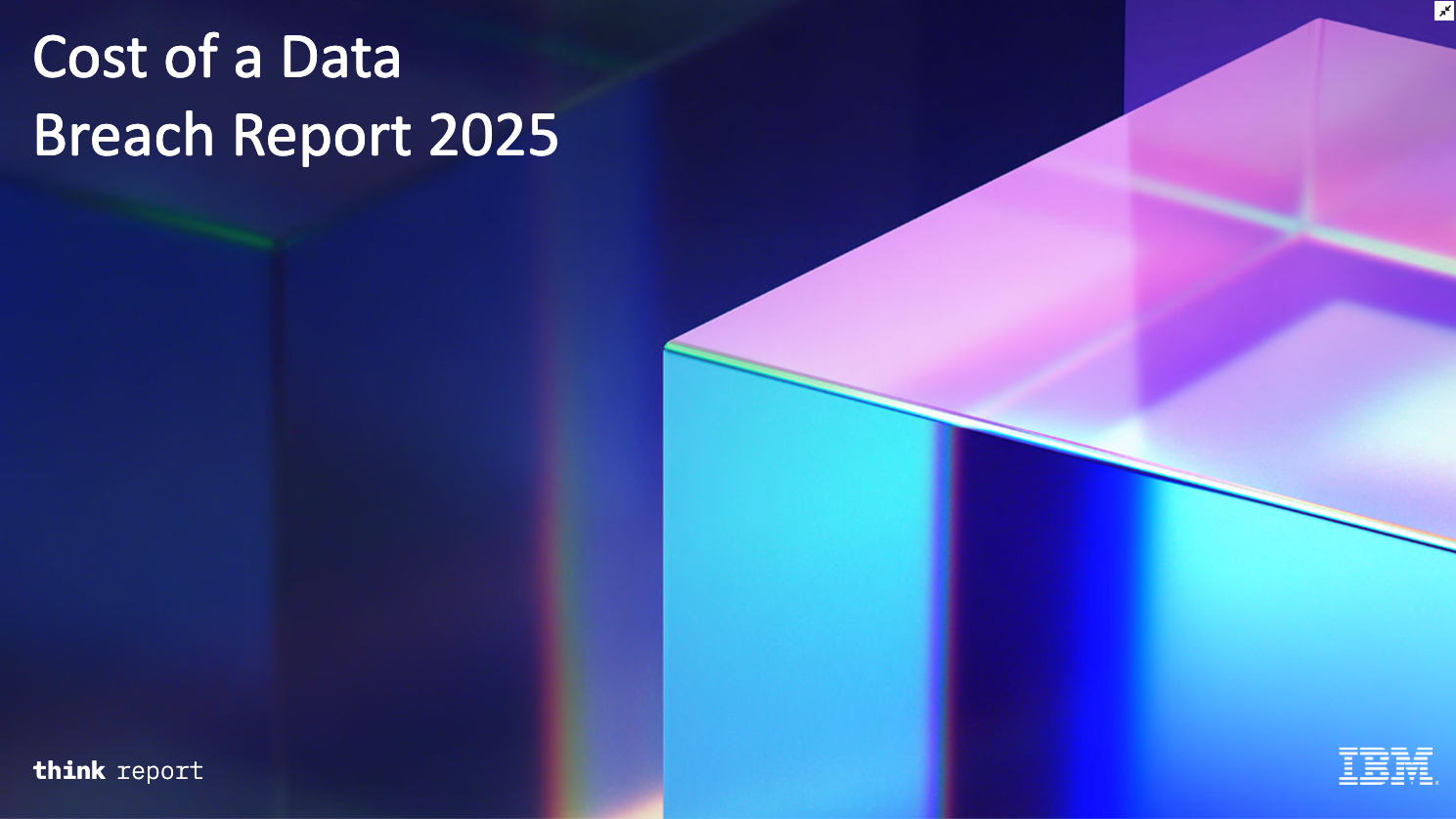Navigating the Double-Edged Sword of AI
How generative AI is already being used for fraud, impersonation, and cybercrime—and what your organization can do about it.


Each year, IBM releases its Cost of a Data Breach Report, one of the most widely cited studies on the financial and operational impact of cyber incidents. The latest edition shows that while costs continue to rise — now averaging $4.88 million globally per breach, with U.S. organizations facing even higher averages — the story is about preparation and discipline.
The numbers remind us that breaches are not rare, isolated events. They are part of the operating environment organizations must manage. The question isn’t if an incident will occur, but how ready your team will be when it does.
These findings confirm what many security leaders already know: cyber risk is not a headline-driven crisis. It is an ongoing operational challenge, best managed with consistent strategy, strong controls, and continuous improvement.
The IBM study highlights that the cost of a breach often comes down to a handful of recurring issues: weak technical foundations, poor identity hygiene, delayed detection, and overextended teams. While every organization is different, there are broad practices that consistently help reduce both risk and cost.
Taken together, these capabilities help clients reduce the life cycle of breaches, lower their financial impact, and strengthen trust with customers and regulators alike.
The IBM report makes clear that breaches will continue to be part of the digital landscape. But it also shows that organizations that prepare thoughtfully — investing in the right mix of infrastructure, identity, detection, and response — see better outcomes when incidents occur.
At Access Point, we focus on building that preparation into everyday operations. It’s not about fear or hype. It’s about doing what needs to be done: securing your networks, protecting your data, and ensuring your team is ready to respond.
If you’d like to learn how our Infrastructure & Digital Trust services can help reduce your risk and strengthen your resilience, we’re here to talk.
Resources